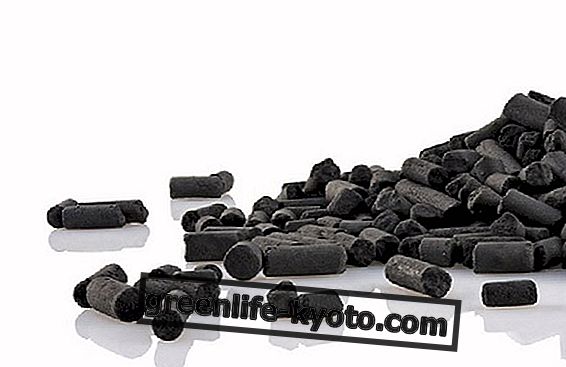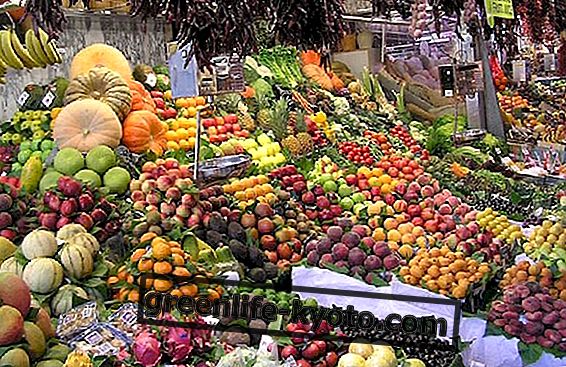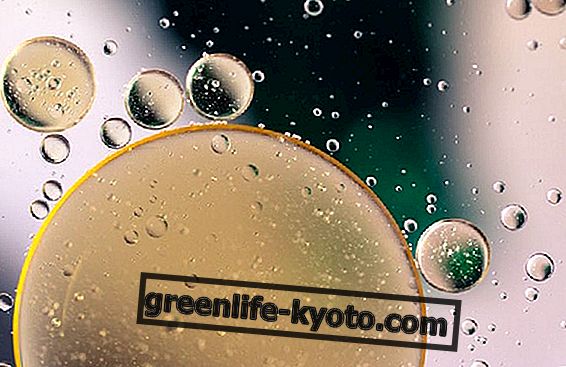
In his famous book The yoga that cures you, the doctor Timothy Call, regarding the health of the intestine, states: " The regular functioning of the gastro-intestinal system depends on the action of the involuntary nervous system, and particularly the parasympathetic, associated with the relaxation and physiological recovery. Stress activates the sympathetic nervous system characterized by the fight or flight reaction and this can interfere with intestinal functions ".
This short quote clearly highlights how the nervous system and intestine are in constant communication with one another. Beyond the academy, it will have happened to everyone to have intestinal disorders precisely during events full of tension and stress: an interrogation, an exam, an interview, a departure.
It is often said that " the intestine is our second brain " so much so that it is assumed that there is a double-threaded link between the two: how the brain and emotion affect the health of the intestine, so of the problems of this organ they can create imbalances such as some forms of anxiety and depression.
All the more reason to take care of it, even with yoga!
Learn more about the effects of stress on the brain
Apanasana and Malasana: all well-being for the intestine!
There are two positions that we suggest that are particularly dear to the intestine. They are not the only ones, but they are two asanas accessible to most readers and that do not present particular risks in the execution.
As always, especially if you are a beginner, we recommend that you perform it under the supervision of your yoga teacher, gently and gradually.
Pavanamukhtasana / apanasana
- From the lying position on the back, inhale and bring the right knee towards the chest. Hands embrace the knee.
- Inhale and lift the torso and head so that, in exhalation, the nose touches (or tries to touch) the knee. The chin is near the sternum and the cervical area is elongated. Try to relax your shoulders as much as possible.
- Inhale and return with the torso and leg to the ground. Perform several times on both legs.
To finish the position you can bring both legs to the chest and, if desired, also in this case, lift the head and the bust.

Benefits : this position is particularly indicated to improve digestion and deflate the abdomen, freeing it from gas. The name Apanasana derives from the fact that it acts on Apana Vayu or the energy that regulates "everything that comes out" from the body. It benefits intestinal peristalsis by promoting the elimination of toxins. Also useful in case of constipation.
Malasana
- From the standing position, inhale and exhale, bend the knees to reach the crouching position.
- The feet are parallel if possible (or slightly with the tips out) and the back is straight. The elbows are open and cooperate to widen the knees, the palms of the hands joined against each other.

In the version below, the posture is performed in torsion. Practitioners who already master malasana in the classic version can try their hand at this variation.

Benefits: this position is excellent for the abdominal organs, as it improves the peristaltic movement and promotes bowel regularity, helps the elimination of waste substances and digestion.
Yoga away from meals ...
We remind you that yoga should be practiced on an empty stomach, in hours away from mealtimes. Cut out a quiet moment, albeit limited, and try to live it fully. If you want to pamper your gut, your brain must also be able to relax ...
Remember the very close bond between them that we talked about at the beginning?













